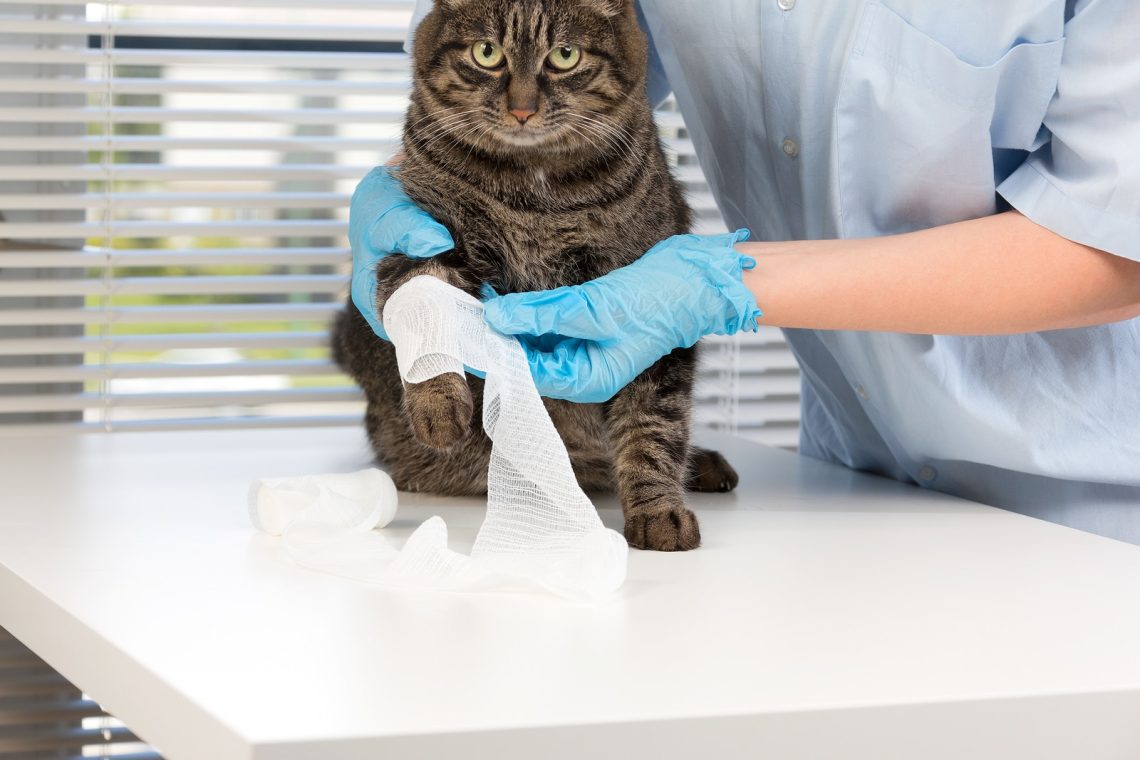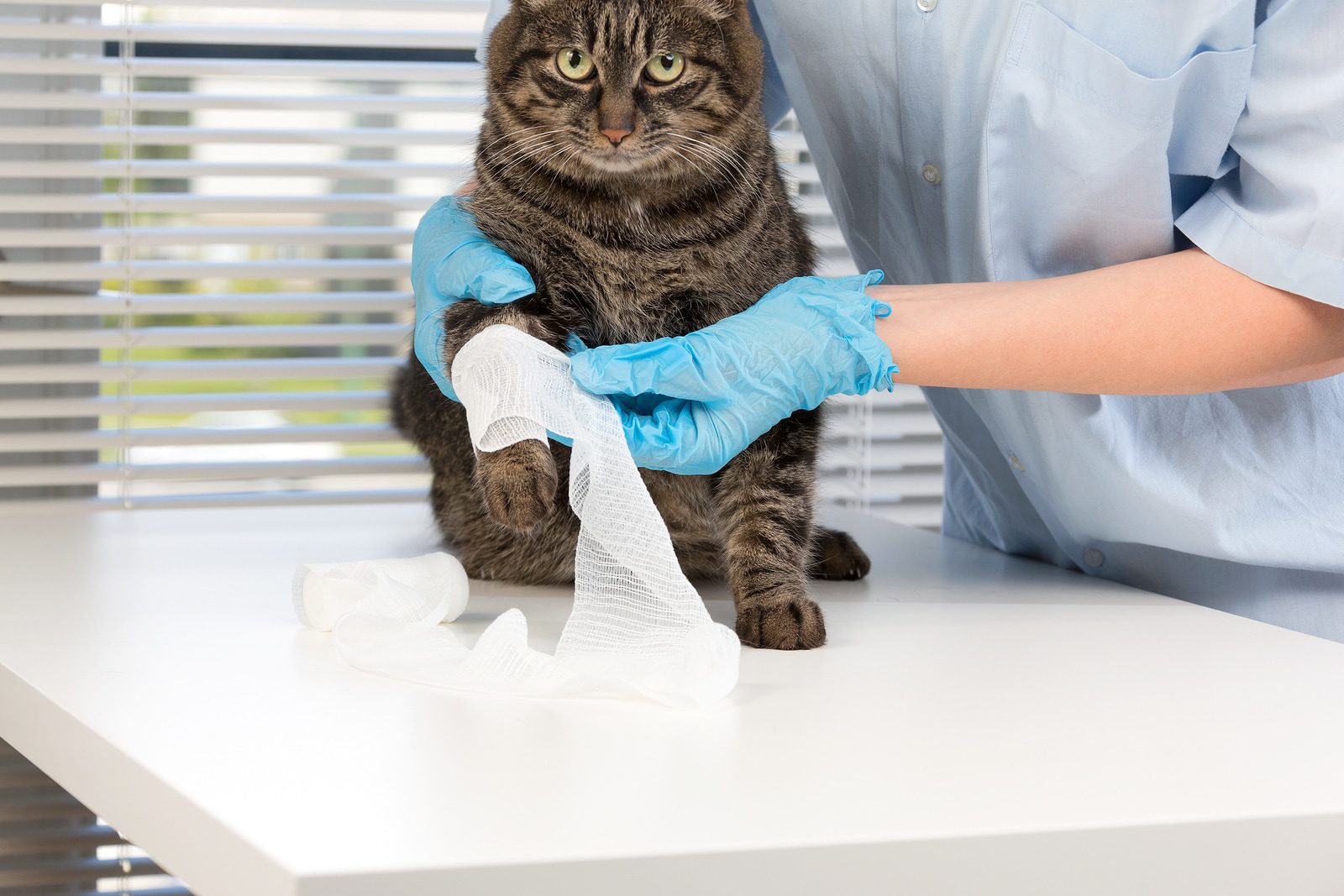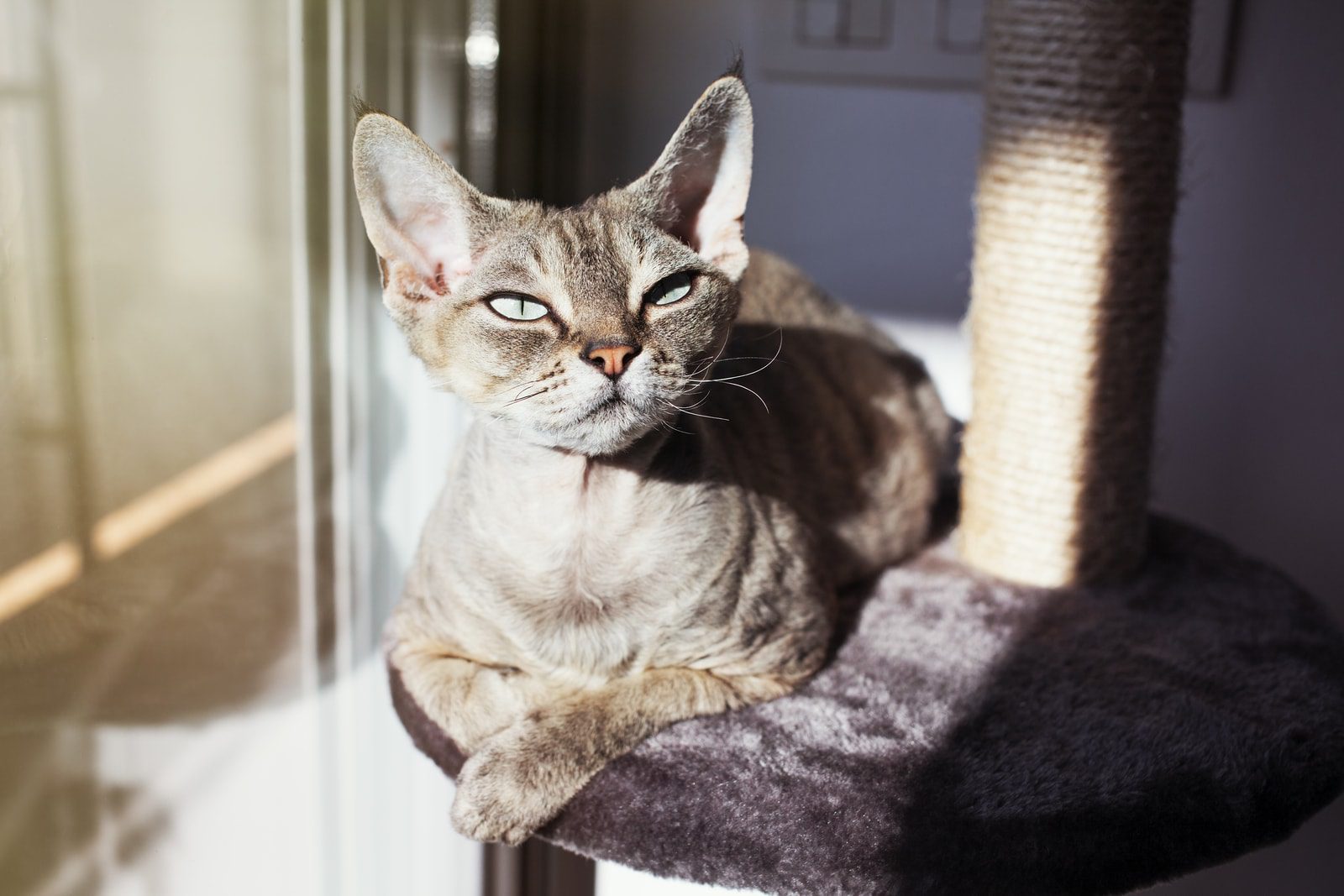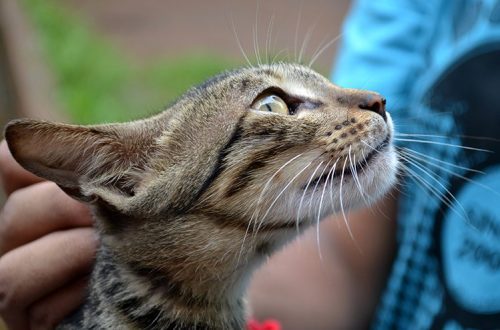
How to care for a cat after a bee sting
A bee sting always puts your pet’s life, health, and well-being at risk. Even domestic cats are not immune from disaster when a bee or wasp flies into the house. The cat’s curiosity and hunting instinct will most likely cause it to pounce on a scout who will respond with a bite. If your kitten is hypersensitive to the toxins that are released during a bite, this can lead to much more serious consequences than a swollen paw. Here’s everything you need to know about treating a cat after a bee sting.
The bite can be dangerous
 Most cats are not hypersensitive to bee or wasp venom, but if your pet is allergic, a bee sting can cause serious illness or anaphylactic shock. This threatens a sharp drop in pressure and can lead to the death of the animal. If there are any signs of an acute reaction, contact your veterinarian immediately.
Most cats are not hypersensitive to bee or wasp venom, but if your pet is allergic, a bee sting can cause serious illness or anaphylactic shock. This threatens a sharp drop in pressure and can lead to the death of the animal. If there are any signs of an acute reaction, contact your veterinarian immediately.
You cannot be sure that your cat will have an acute reaction, but you should call your veterinarian immediately after a bite and bring your pet to an appointment for safety. Or a doctor may recommend home treatment.
Recognizing the signs of a bite
In most cases, cats show a localized reaction where the bite area swells slightly and becomes tender. Often a bee or wasp can sting in the face, usually in the nose area, or in the paw. Check if there is a sting on the skin. When bitten, the bee leaves a stinger with spikes in the body of the victim. Wasps, on the other hand, do not lose their stinger, so they can sting the victim several times in a row, which increases the level of threat to your pet.
Severe swelling, redness, and pain are the first signs of an acute reaction. The animal may show that it is in pain, such as limping or hobbling, meowing loudly, or licking the sting heavily. In anaphylactic shock, the following symptoms are observed:
- Rash.
- Disorientation or stumbling.
- Vomiting or diarrhea.
- Paleness of gums.
- Decreased body temperature and cold extremities.
- Fast or slow heart rate.
North Asheville Veterinary Clinic recommends that you also look for other signs: fainting, shallow or rapid breathing, increased salivation, changes in behavior, mood, thinking abilities. If any of these signs occur, take your pet to a veterinarian immediately.
bee sting treatment
 If the sting is still in your pet’s skin, remove it immediately. The poison from the sting can enter the pet’s bloodstream for up to three minutes after the bite. Use the sharp edge of a credit card to remove the stinger. You can remove the stinger with tweezers or fingers, but then you run the risk of damaging the venom sac that enters the bloodstream.
If the sting is still in your pet’s skin, remove it immediately. The poison from the sting can enter the pet’s bloodstream for up to three minutes after the bite. Use the sharp edge of a credit card to remove the stinger. You can remove the stinger with tweezers or fingers, but then you run the risk of damaging the venom sac that enters the bloodstream.
After removing the sting, carefully observe the cat for an acute reaction. If she has a mild, localized reaction, call the vet immediately. If the doctor advises against bringing her in for a checkup, he may recommend antihistamines, such as diphenhydramine, which slows the body’s response to the histamines in the venom.
You may want to administer diphenhydramine yourself without consulting a specialist, but be careful: some over-the-counter products containing diphenhydramine may contain other ingredients, such as painkillers, which can be dangerous to your pet and even fatal. Your veterinarian will not only advise the safest drug, but also its correct dosage.
To treat mild swelling at home, you can apply a cold compress or wrap a cold towel around the affected area. Under no circumstances should you give your cat over-the-counter pain medication, which can be toxic to your cat. Severe pain in a pet may be a sign of an acute reaction. If you notice any signs of an allergic reaction, you should immediately take your cat to your veterinary clinic or emergency veterinary service.
It is also necessary that the cat does not touch the wound in the future. If she has been bitten in the paw, try to put her down so that she does not scratch the wound. If a cat is bitten in the face, she may try to scratch the affected area – try not to let this happen. Scratching the wound can aggravate swelling and pain, so calm the animal down and let it rest.
Bite prevention
Sometimes a bee or wasp can sting a cat despite your best efforts, so try to keep your home free of these insects. However, there are steps you can take to reduce the risk of being bitten by your pet.
If you find a nest or beehive in your yard, call a professional to safely remove it. If the insect has flown into the house, take the cat and all other pets into the room and lock the door. Do not open the door until you kill the insect or drive it outside. If a cat has cornered an insect, check immediately that it is safe. If the prey is a bee or wasp, remove the cat from the insect and lock it in another room until you deal with the raider. If you’re using an insect exterminator to get rid of wasps or hives, make sure you don’t hit the cat, as it could make her sick or die.
A bee sting is not always a cause for panic, but it is always worth taking it seriously. A quick reaction and careful observation of the cat will help you save her life.





